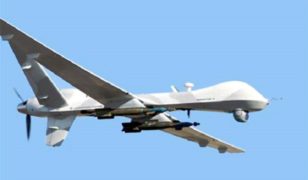Bethesda, MD-based Lockheed Martin announced on March 20 a new generation of space technology launching this year that will allow satellites to change their missions in orbit. Satellites that launched one, ten or even fifteen years ago largely have the same capability they had when they lifted off. That’s changing with new architecture that will let users add capability and assign new missions with a software push, just like adding an app on a smartphone. This new tech, called SmartSat, is a software-defined satellite architecture that will boost capability for payloads on several pioneering nanosats ready for launch this year.
“Imagine a new type of satellite that acts more like a smartphone. Add a SmartSat app to your satellite in-orbit, and you’ve changed the mission,” said Rick Ambrose, executive vice president of Lockheed Martin Space. “We are the first to deploy this groundbreaking technology on multiple missions. SmartSat will give our customers unparalleled resiliency and flexibility for changing mission needs and technology, and it unlocks even greater processing power in space.”
This year Lockheed Martin is integrating SmartSat technology on ten programs and counting, including the Linus and Pony Express nanosats, which will be the first to launch. These are rapid-prototype, testbed satellites using internal research and development funding, ready for 2019 launches on the first LM 50 nanosatellite buses:
“SmartSat is a major step forward in our journey to completely transform the way we design, build and deliver satellites,” said Ambrose. “The LM 50 bus is the perfect platform for testing this new, groundbreaking technology. We’re self-funding these missions to demonstrate a number of new capabilities that can plug into any satellite in our fleet, from the LM 50 nanosat to our flagship LM 2100. And the same technology not only plugs into ground stations, improving space-ground integration, it will one day connect directly with planes, ships and ground vehicles, connecting front-line users to the power of space like never before.”
Source: Lockheed Martin
Tags:
metered







